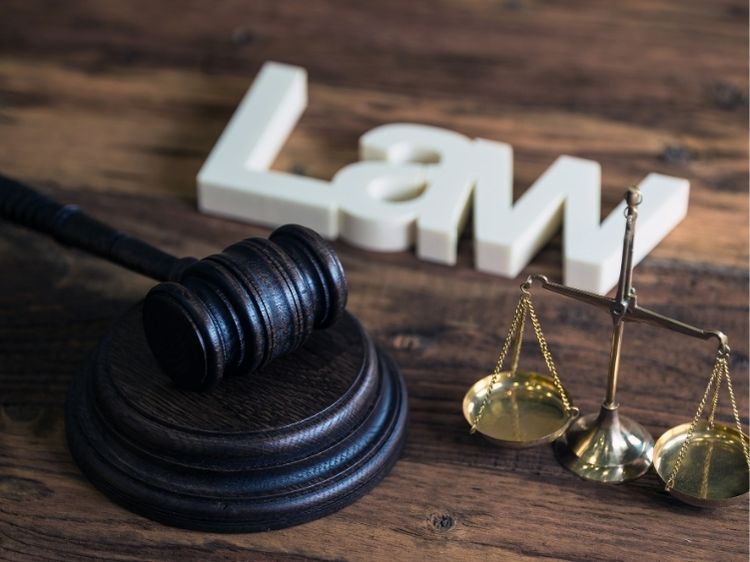Ever bought something that didn’t work as advertised or, worse, put you in harm’s way? Defective products are an unfortunate reality that consumers occasionally encounter, and these incidents often lead to lawsuits. In these cases, the court typically considers whether the defect resulted from a design flaw, manufacturing error, or a lack of adequate warnings.
What Is a Defective Product Case?
A defective product case arises when a product fails to perform as expected, causing harm to a consumer. These cases often lead to lawsuits under product liability laws, which hold manufacturers, retailers, and other parties responsible for distributing defective products.
Types of Product Defects
- Design Defects: Flaws in the product’s design make it inherently dangerous, even if manufactured correctly.
- Manufacturing Defects: Issues occurring during the production or assembly phase.
- Marketing Defects: Also known as “failure to warn,” where insufficient instructions or warnings are provided.
Famous Defective Product Cases Examples
Let’s look at some well-known examples that shed light on how companies and courts handle product liability.
1. Ford Pinto Case
Background: In the 1970s, Ford’s Pinto was found to have a fuel tank design flaw that could cause it to explode in rear-end collisions.
Outcome: Ford faced extensive legal consequences after several incidents, leading to significant recalls and damages paid to affected families.
2. McDonald’s Hot Coffee Case
Background: This case involved a woman who suffered third-degree burns after spilling McDonald’s coffee in her lap.
Outcome: A jury awarded her substantial compensation, sparking debates on corporate responsibility and consumer expectations.
3. Takata Airbag Recall
Background: Faulty airbags from Takata resulted in fatal accidents due to shrapnel being released upon deployment.
Outcome: Takata declared bankruptcy and paid billions in settlements, leading to one of the largest automotive recalls in history.
Everyday Defective Product Cases Examples
While big-name cases grab headlines, defective product cases affect consumers daily. Here are examples that might sound familiar:
1. Defective Electronics
From overheated chargers to smartphones that explode, defective electronics have sparked various lawsuits. In most cases, manufacturers issue recalls and offer refunds or replacements to protect their brand reputation.
2. Pharmaceuticals and Medical Devices
Pharmaceuticals and medical devices are critical to public health, so when they go wrong, the consequences can be dire. Some recent cases have involved hip implants and heart devices that failed to perform as advertised, leading to lawsuits.
Understanding How Product Liability Works
Elements of a Product Liability Case
To prove a product liability claim, consumers generally need to show:
- The product was defective: The defect could be in design, manufacturing, or labeling.
- The defect caused harm: The product must have directly caused the injury.
- The product was used as intended: If a consumer misuses a product in a way that isn’t foreseeable, a claim may be dismissed.
Who Can Be Held Liable?
In a defective product case, several parties can be held liable, including:
- Manufacturers: Often the primary target since they create the product.
- Retailers: They may be held liable if they knowingly sell defective products.
- Distributors: Any party in the supply chain that has control over the product’s distribution.
Common Outcomes in Defective Product Lawsuits
- Recalls: The company recalls all defective units, often offering refunds or replacements.
- Monetary Settlements: Companies may pay damages to affected parties.
- Court Orders for Changes: In some cases, companies are ordered to change their production processes or improve warnings on their products.
Steps to Take if You Encounter a Defective Product
- Document Everything: Take photos, keep the product, and gather receipts.
- Seek Medical Attention if Needed: If an injury occurred, get treatment and document your injuries.
- Contact the Manufacturer: Companies often have customer support teams to handle such issues.
- Consider Legal Action: For serious harm, consult a lawyer to understand your options.
FAQs on Defective Product Cases Examples
- What should I do if I’m injured by a defective product?
First, seek medical assistance if necessary. Then, document the product, your injuries, and any correspondence with the company. Consulting a lawyer can help if you decide to pursue a claim.
- Are recalls mandatory for companies with defective products?
Not always. In some cases, recalls are voluntary. However, for serious safety issues, regulatory agencies like the CPSC can mandate a recall.
- Can I sue a retailer for selling a defective product?
Yes, depending on the circumstances. Retailers can sometimes be held liable if they sold a product they knew was defective or failed to provide adequate warnings.
- What types of damages are awarded in defective product cases?
Damages typically include medical costs, lost wages, pain and suffering, and in some cases, punitive damages to deter future negligence.
- Is it difficult to prove a defective product case?
It can be challenging, as it requires proving the defect, causation, and proper use. Expert testimony and thorough documentation can improve the chances of a successful claim.
Conclusion: Why Defective Product Cases Matter
Defective product cases serve as crucial checks and balances in the marketplace, helping to hold companies accountable for product safety. By understanding the types of product defects, liability, and legal outcomes, consumers can better navigate these incidents and protect their rights.
Authoritative Links
For further information on defective product cases and consumer rights, explore these resources:
- Consumer Product Safety Commission (CPSC): www.cpsc.gov
- National Consumer Law Center: www.nclc.org
- U.S. Food and Drug Administration (FDA): www.fda.gov






